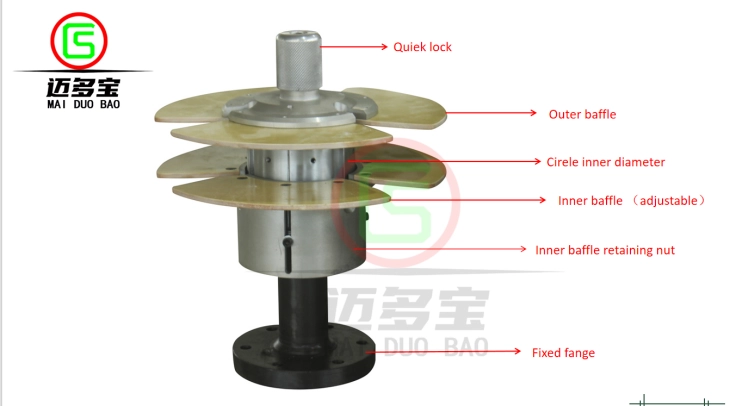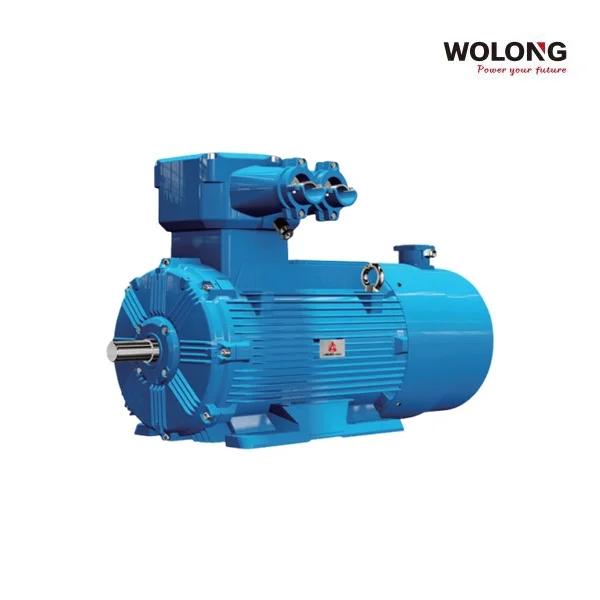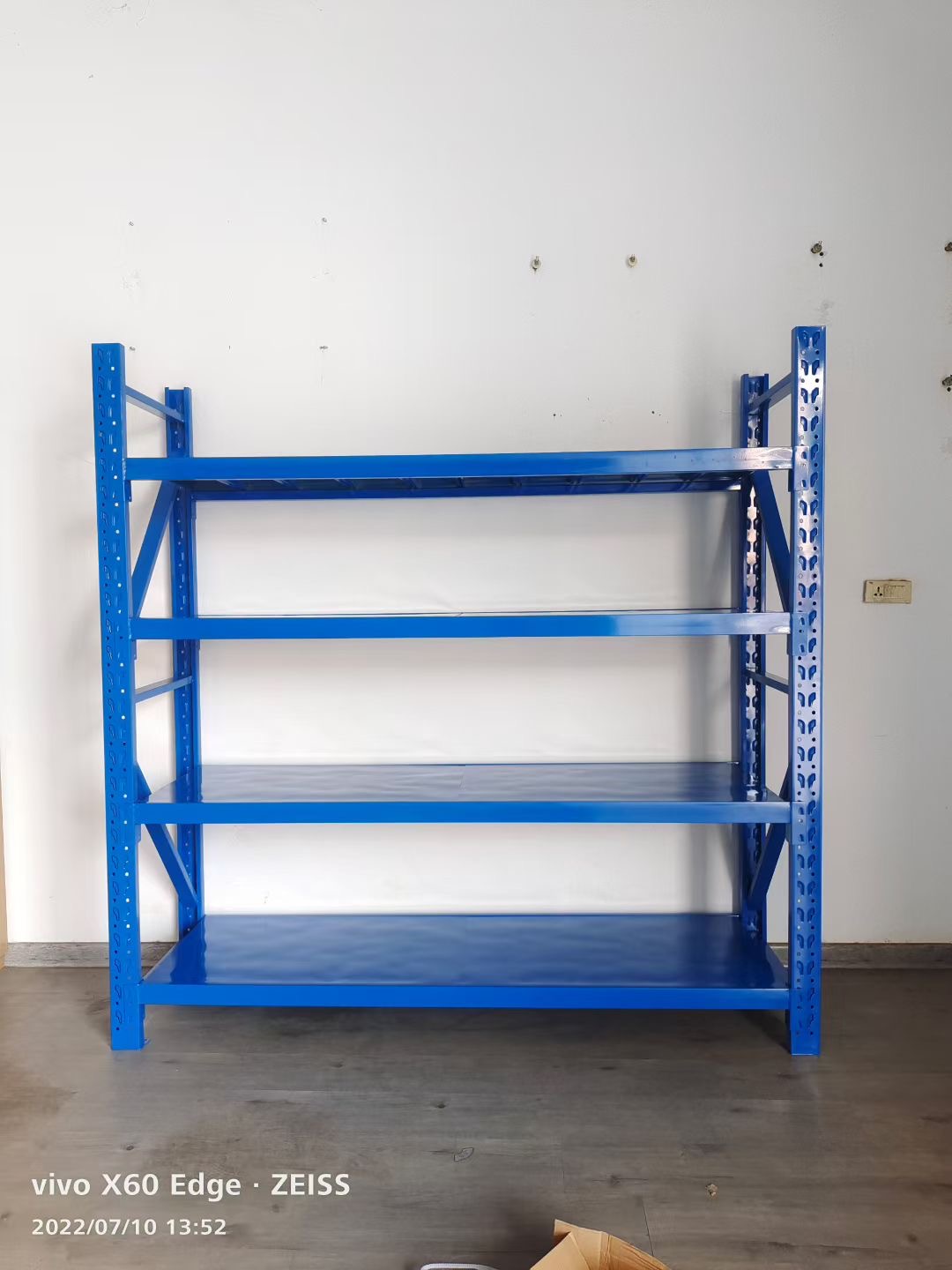In the realm of woodworking and metalworking, the choice of tools can significantly impact the quality of the final product. Among the various cutting tools available, hypoid saws have gained considerable attention for their unique design and operational advantages. This article delves into the advantages of hypoid saws, providing a detailed analysis that caters to professionals seeking to enhance their cutting efficiency and precision.
Understanding Hypoid Saws
Before exploring the advantages, it is essential to understand what a hypoid saw is. A hypoid saw utilizes a hypoid gear system, which is a type of bevel gear that allows for smoother operation and greater torque transfer. This design differs from traditional circular saws, offering unique benefits that make it a preferred choice in various applications.
- Enhanced Cutting Efficiency
One of the primary advantages of hypoid saws is their enhanced cutting efficiency. The hypoid gear mechanism allows for a more effective transfer of power from the motor to the blade. This results in a higher cutting speed and reduced strain on the motor, enabling the saw to handle tougher materials with ease. Consequently, professionals can complete tasks more quickly without compromising on quality.
- Superior Torque and Power Transfer
Hypoid saws are designed to provide superior torque compared to standard saws. The unique gear arrangement allows for a more significant contact area between the gears, which translates to better power transfer. This feature is particularly beneficial when cutting dense materials or when precision is required. The increased torque ensures that the blade maintains its cutting speed, even under heavy loads, reducing the likelihood of stalling or bogging down.
- Reduced Vibration and Noise
Another notable advantage of hypoid saws is their ability to minimize vibration and noise during operation. The hypoid gear design inherently reduces backlash, which is a common issue in traditional gear systems. This reduction in backlash leads to smoother operation, resulting in less vibration and noise. For professionals working in environments where noise levels are a concern, such as residential areas or indoor workshops, this feature can be a significant advantage.
- Improved Blade Life
The design of hypoid saws contributes to improved blade longevity. The reduced friction and heat generation during cutting operations mean that blades experience less wear and tear. This not only extends the life of the blades but also reduces the frequency of replacements, leading to cost savings over time. For businesses that rely on consistent performance, this advantage can significantly impact overall operational efficiency.
- Versatility in Applications
Hypoid saws are versatile tools that can be used in various applications, from woodworking to metal fabrication. Their ability to cut through different materials, including hardwood, softwood, plywood, and even metals, makes them an invaluable asset in any workshop. This versatility allows professionals to use a single tool for multiple tasks, streamlining their workflow and reducing the need for multiple saws.
- Precision and Accuracy
Precision is paramount in any cutting operation, and hypoid saws excel in this regard. The design of the hypoid gear system allows for finer adjustments and greater control over the cutting process. This precision is particularly beneficial in applications that require intricate cuts or detailed work, such as cabinetry or custom furniture making. Professionals can achieve cleaner cuts with less effort, enhancing the overall quality of their projects.
Conclusion
In summary, hypoid saws offer a multitude of advantages that make them a superior choice for professionals in various industries. From enhanced cutting efficiency and superior torque to reduced vibration and improved blade life, these tools are designed to meet the demands of modern cutting applications. Their versatility and precision further solidify their place as essential equipment in any workshop.





